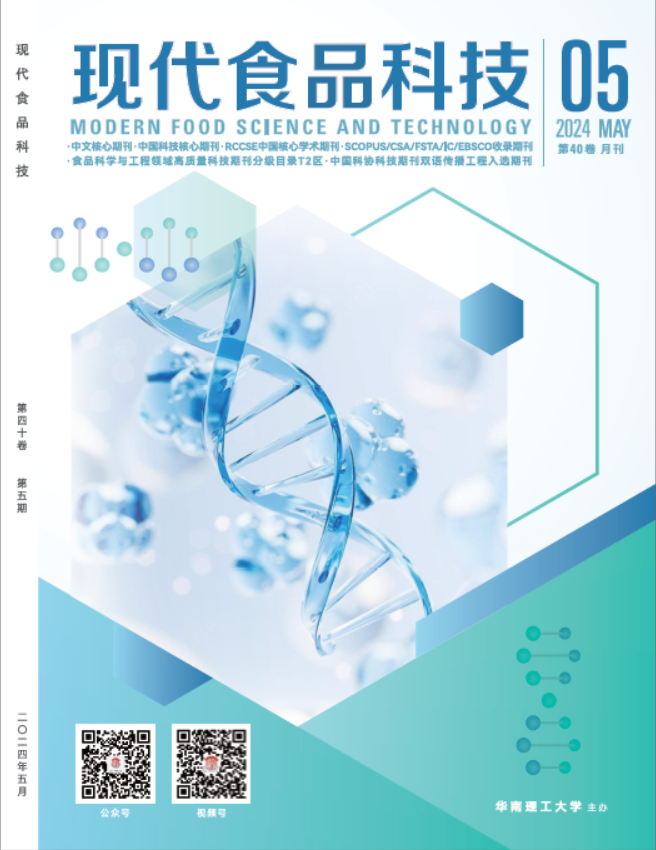Abstract:
In this study, the newly brewed Maotai-flavor liquor was treated by irradiation technology, and the change of aroma components in samples before and after irradiation was analyzed by GC-MS-MS, and the effect of irradiation on Maotai-flavor liquor was discussed. After irradiation, the contents of alcohols in Maotai-flavor liquor samples were decreased obviously. Under 3.203 kGy irradiation treatment, the contents of isoamylol, isobutanol, butanol, hexanol and amyl alcohol were decreased by 20.11%, 57.65%, 23.14%, 90.13% and 71.42%, respectively, compared with the control group. Irradiation treatment can significantly reduce the content of furfural in Maotai-flavor liquor. Under 2.93 and 3.203 kGy irradiation treatment, the contents of furfural were decreased by 34.48% and 68.07%, compared with the control group. When the irradiation absorption dose was between 1.347 kGy and 3.203 kGy, the contents of ester substances in liquor did not change significantly, except acetic acid propenyl ester. However, the contents of volatile esters in Maotai-flavor liquor were decreased obviously after high dose irradiation treatment, and caused the flavor and aftertaste becoming worse. When the absorbed dose was 5.59 kGy, the contents of ethyl lactate, ethyl caproate, amyl lactate, ethyl octanoate and ethyl levulinate decreased by 8.73%, 13.52%, 23.58%, 44.01% and 67.54%, respectively, compared with the control group. Oganic acids, phenols, ethers and pyrazines were barely affected by irradiation treatment. When the irradiation dose was between 2 kGy and 3 kGy, the irradiation treatment can not only quickly reduce the contents of fusel alcohol and furfural in the liquor, but also will not cause the significant degradation of esters in the liquor, which was helpful to improve the smoothness and flavor coordination of Maotai-flavor liquor. Therefore, the dose for irradiation processing of Maotai-flavor liquor should be between 2 kGy and 3 kGy.

